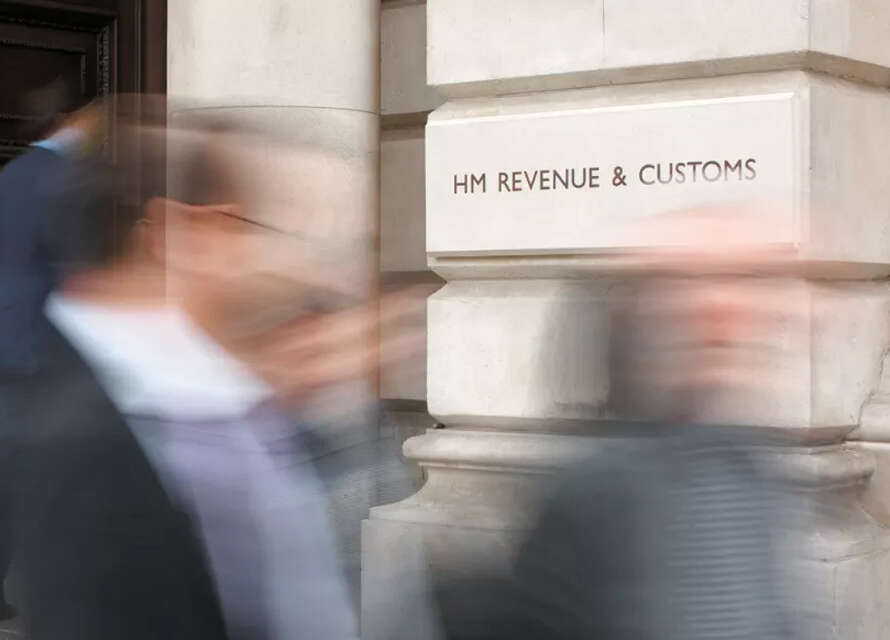Before you try Method 6 you must first have tried to use Method 4 (deductive method) and Method 5 (computed value).
Method 6 is the final valuation method that you can try. It’s the ‘fall-back’ method to use when you are unable to use any of the other methods.
What to base the customs value on
You must work out the customs value by using reasonable means consistent with the World Trade Organization (WTO) customs valuation principles on the WTO website.
You do this where possible by adapting Methods 1 to 5 flexibly to fit unusual circumstances.
Methods 2 or 3
You could base the customs value on the transaction value of identical or similar imported goods produced in a country other than the country of exportation of the goods being valued.
Method 4
The 90 days limit for sales could be extended.
You could base the customs value on the price that would have been paid for the goods if they had been purchased. You could do this by reference to the export price list for sales to the UK issued by the supplier. This approach would be consistent with the WTO valuation principles.
Declaring goods using Customs Declaration Service software
If you’re submitting your declarations using Customs Declaration Service software, read the Customs Declaration Service instructions for completing imports.
Providing evidence
You must provide HMRC with evidence to show why you cannot use methods 1 to 5. You must also provide evidence to support your use of Method 6.
The type of evidence you need to provide depends on which method is being flexibly used but could include:
- a copy of the supplier’s current export price list for goods sold to the UK
- a statement from the supplier of the value of the goods
- any other evidence agreed with us
For further advice contact imports and exports general enquiries.
Published 3 November 2022



